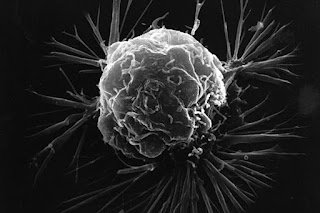Cervical cancer
is the 4th major killer of the women worldwide. Despite primary and advanced
medical care and awareness levels in most part of the developed worlds, the
mortality remained very high till date.
If it is
localized at the time of diagnosis, the five year survival rate would by 61% in
UK and if it is in the metastatic, it guarantees only 44% survival rate. Chemotherapy,
followed by the radio therapy is the usual treatment procedure for the cervical
cancer. Yet it could not reduce the mortality and
morbidity and it is leading to hematologic toxicity, the radiation is also
affecting the health cells in the body.
Intensity
Modulated Radiotherapy (IMRT) and image guided brachytherapy (IGBT) are the
recent advancements, capable of strictly confining to the target area. Exciting
therapeutic and pharmacological methods are ensuring the improved survival
rates due to effective treatment procedures.
















